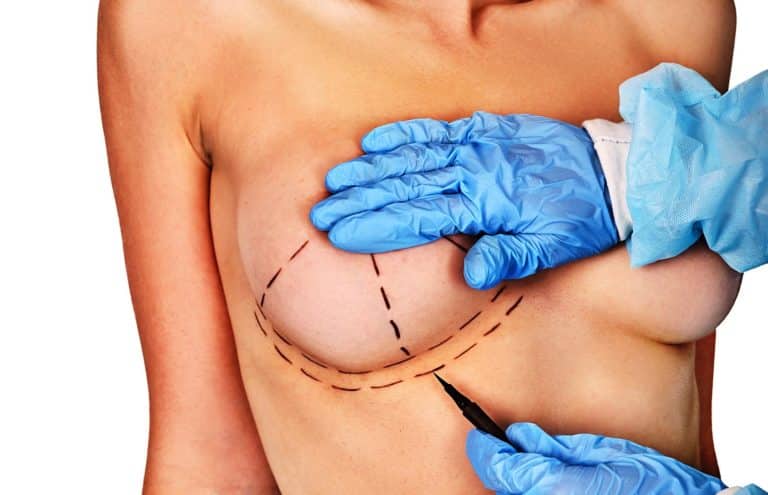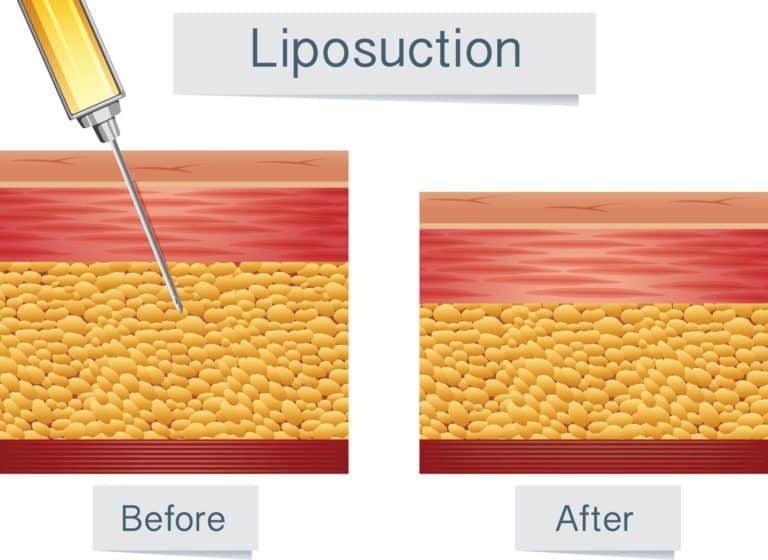What Causes Cellulite & How is It Treated?

Though the exact cause of cellulite is unknown, cellulite appears to be a result of the relationship between the skin and the connective tissue and fat beneath its surface. Have you ever wondered what keeps our skin in place? Why does the excess skin of an aged face not droop all the way to the neck? Why do we have rolls of skin rather than a large hanging pannus?
Our skin is attached to the underlying muscles via connective tissue (CT) attachments. These CT attachments extend vertically from the skin’s collagen layer to the CT coverage of the muscle fascia. These CT bands form an extensive 3D lattice of anchoring attachments that are filled with fat globules.
When you gain weight, fat globules within the lattice accumulate and enlarge. And since the CT attachments don’t budge, the fat bulges against the skin between all the CT bands. Where the skin is attached to the CT band, skin dimples. This results in the characteristic appearance of the cellulite.
How is Cellulite Treated?
When liposuction was first introduced, people could remove unwanted fat to have the body they have always wanted. But some complained that it did nothing for cellulite.
Despite this, liposuction has always been regarded as the mainstay treatment, as it allows you to get rid of stubborn fat in the area where cellulite developed.
In more severe cases where there is cellulite and skin excess, liposuction shouldn’t be done alone. The procedure has to be followed with manual excision of fat, transecting of CT attachments, and cutting excess skin to eliminate stubborn cellulite.
Want to learn more? Read and share our posts this week!






